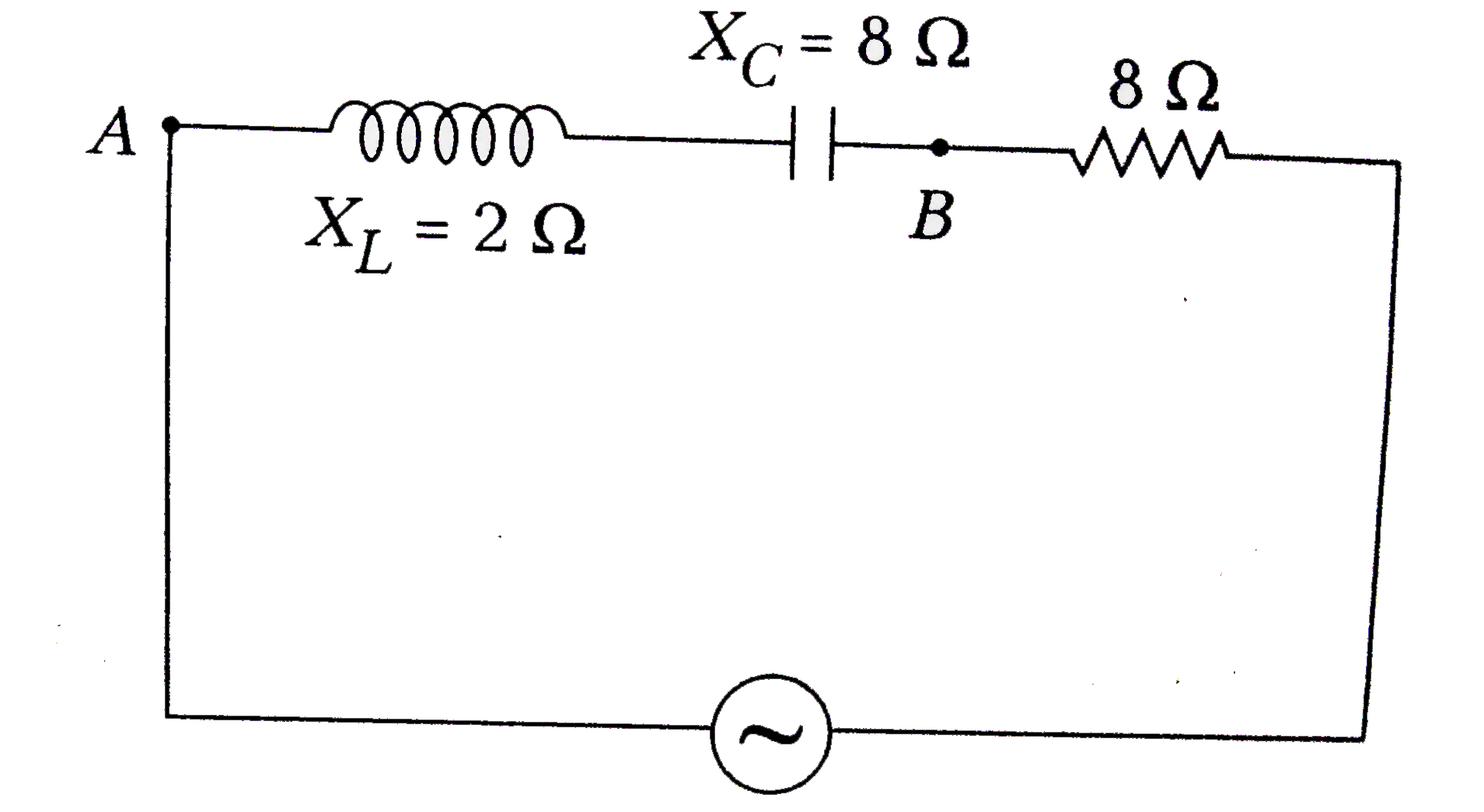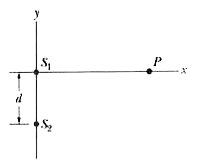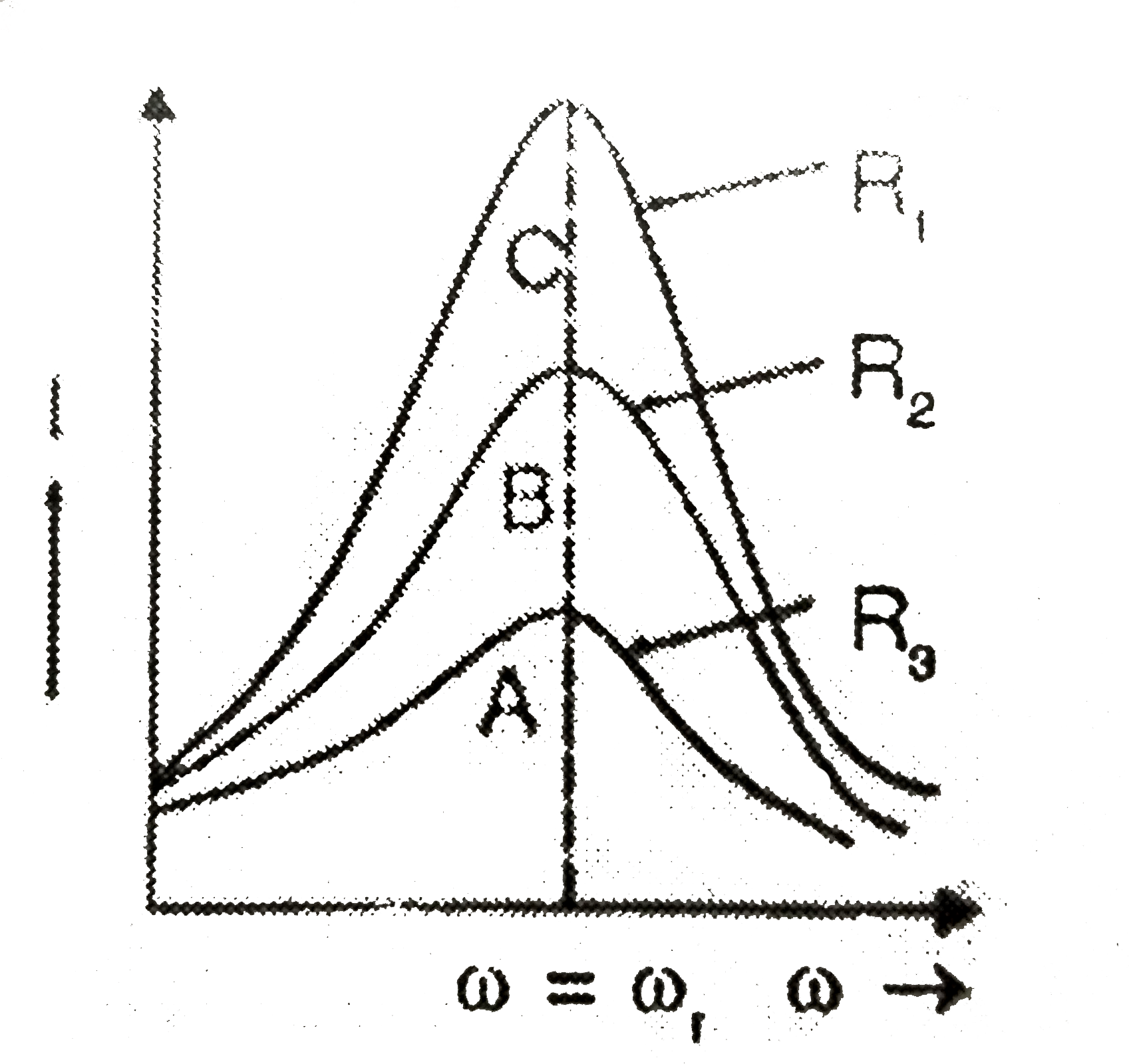Compare and contrast the list of things given to Pandayan chief (source 3) with those produced in the village of Dabguna (source 8) . Do you notice any similarities or differences?
As it is mentioned in source .3. people brought some things as gift to show their honour to a winner king . They were ivory fragrant wood, fans made of the hair of dear, honey, sandicinal plants, fruits, onions, sugarcame, flowers arecanut, banana, etc.
In another side (source 8) exempted from obligation to provide items produced in the village of Danguna included grass, skin of animals, salt, flowers , milk .
The thimgs that he got in the forest and in the village of Danguna were qyuite different to them. It was due to the availability of the things in these different places.
In both the list the only common item is flower:
Topper's Solved these Questions
- KINGS, FARMERS AND TOWNSBOOK - FULL MARKSCHAPTER - KINGS, FARMERS AND TOWNSEXERCISE - ADDITIONAL QUESTIONS SOLVED (Very short Answer Type Questions)
16 Videos
- KINGS, FARMERS AND TOWNSBOOK - FULL MARKSCHAPTER - KINGS, FARMERS AND TOWNSEXERCISE - ADDITIONAL QUESTIONS SOLVED (Short Answer Type Questions)
6 Videos
- KINGS AND CHRONICLES THE MUGHAL COURTS BOOK - FULL MARKSCHAPTER - KINGS AND CHRONICLES THE MUGHAL COURTS EXERCISE - Test Your Skill
5 Videos
- KINSHIP, CASTE AND CLASS EARLY SOCIETIES BOOK - FULL MARKSCHAPTER - KINSHIP, CASTE AND CLASS EARLY SOCIETIES EXERCISE - PREVIOUS YEARS BOARD QUESTIONS SOLVED
29 Videos
Similar Questions
Interview any one of your older relatives (mother/father/grandparents/uncles/aunts) who has travelled outside your town or village. Find out
(i) where they went, (ii) how they travelled (iii) how long did it take (iv) why they travel (v) and did they face any difficulties.
List as many similarities and differences that they may have noticed between their place of residence and the place they visited, focusing on language, clothes, food, customs, buildings, roads, the lives of men and women. Write a report on your findings.
View SolutionRead the paragraph and answer the questions following it.
Water is essential for life. Without water there would be no life. We usually take water as granted for its purity, but we must ensure the quality of water. Pollution of water originates from human activities. Through different paths, pollution reaches to ground water. Easily identified source or place of pollution is called as point source, e.g.– municipal and industrial discharge pipes, where pollutants enter the water source. Non–point sources of pollution are those where a source of pollution can not be easily identified, e.g.– agricultural run off, acid rain etc.
(i) How do you classify the various sources of water pollution?
(ii) What are the point sources of water pollution?
(iii) Name any two non-point sources of water pollution?
View Solution
Knowledge Check
An inductor XL = 2Ω ) , a capacitor (XC = 8Ω) and a resistance (R = 8 Ω ) are connected in series with an AC source . The voltage output of AC source is given by V = 10 cos(100πt)
The instantaneous potential difference between points A and B, when the applied voltage is 3/5th of the maximum value of applied voltage is
 A0 VB6 VC8 VDNone of these
A0 VB6 VC8 VDNone of these
You are given following current-time graph from two different sources,

(i) Name the type of current in two cases.
(ii) Identify any one source for each type of these currents.
(iii) What is the frequency of current in case source II in India?
(iv) Use above graph to write two differences between the currents in the two cases.
View SolutionFigure shows two point sources S1 and S2 that emit sound of wavelength λ = 3.00 m. The emissions are isotropic and in phase, and the separation between the sources is d = 16.0 m. At any point P on the x axis, the wave from S1 and the wave from S2 interfere. When P is very far away (x≈0) , what are (a) the phase difference between the arriving waves from S1 and S2 and (b) the type of interference they produce? Now move point P along the x axis toward S1. (c ) Does the phase difference between the waves increase or decrease? At what distance x do the waves have a phase difference of (d) 0.50λ,(e)1.00λ, and (f) 1.50λ?

View SolutionRead the sources given below and answer the questions that follow:
SOURCE : The Fears of the People
When the colonial government proposed to reserve two-third of the forest in 1905, and stop shifting cultivation, hunting and collection of forest produce, the people of Bastar were very worried. Some villages were allowed to stay on in the reserved forests on the condition that they worked free for the forest department in cutting and transporting trees, and protecting the forest from fires. Subsequently, these came to be known as 'forest villages'. People of other villages were displaced without any notice or compensation. For long, villagers had been suffering from increased land rents and frequent demands for free labour and goods by colonial officials. Then came the terrible famines, in 1899-1900 and again in 1907-1908. Reservations proved to be the last straw.
What were the forest villages?
View SolutionAn inductor XL = 2Ω ) , a capacitor (XC = 8Ω) and a resistance (R = 8 Ω ) are connected in series with an AC source . The voltage output of AC source is given by V = 10 cos(100πt)
The instantaneous potential difference between points A and B, when the applied voltage is 3/5th of the maximum value of applied voltage is

View SolutionAn inductor XL = 2Ω ) , a capacitor (XC = 8Ω) and a resistance (R = 8 Ω ) are connected in series with an AC source . The voltage output of AC source is given by V = 10 cos(100πt)
The instantaneous potential difference between points A and B, when the applied voltage is 3/5th of the maximum value of applied voltage is

View SolutionAnswer the following:
(a) What do you understand by 'sharpness of resonance' for a series LCR resonant circuit? How is it related with the quality factor 'Q' of the circuit? Using the graphs given in the diagram, explain the factors which affect it. For which graph is the resistance (R ) minimum?
(b) A 2μF capacitor, 100Ω resistor and 8H inductor are connected in series with an ac source. Find the frequency of the ac source for which the current drawn in the circuit is maximum.
If the peak value of emf of the source is 200 V, calculate the (i) maximum current, and (ii) inductive and capacitive reactance of the circuit at resonance.

View Solution(a) What do you understand by 'sharpness of resonance' for a series LCR resonant circuit? How is it related with the quality factor 'Q' of the circuit? Using the graphs given in the diagram, explain the factors which affect it. For which graph is the resistance (R ) minimum?
(b) A2μF capacitor, 100Ω resistor and 8 H inductor are connected in serieswith an ac source. Find the frequency of the ac source for which the current drawn in the circuit is maximum.
If the peak value of emf of the source is 200 V, calculate the (i) maximum current, and (ii) inductive and capacitive reactance of the circuit at resonance.

View Solution
